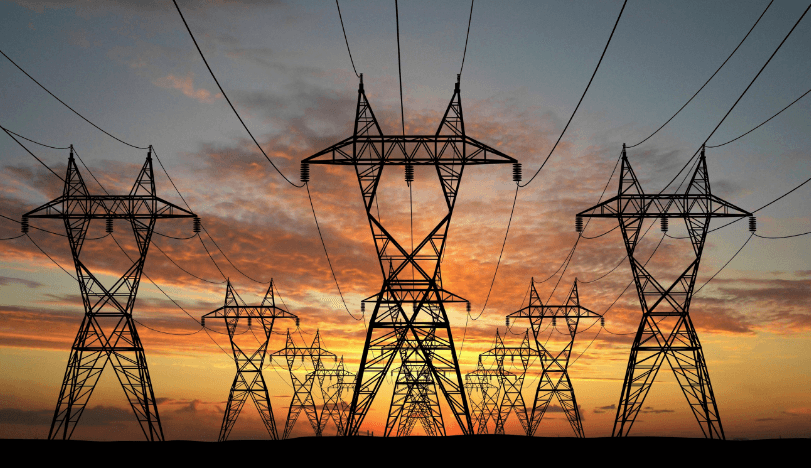It’s not really a secret that there’s an electricity revolution going on, and of no real surprise to many either. With the diminishing levels of fossil fuels around the world and the devastating effects they have on the planet, it was inevitable that alternative methods would be sourced as a way of meeting the world’s electricity demand. And now, we are at the very peak of it with utility companies battling it out, trying to hang on to their own customers.
Much of the revolution has been sparked by the likes of solar panels, electric vehicles, home batteries, and smart technologies, with more and more being introduced into the market every day. While customers have so much choice of cheaper, more eco-friendly alternatives to traditional electricity methods, they will take them, leaving utility companies a little in the dark so to speak. These alternative energy methods are called distributed energy resources (DERs) and utilities have absolutely no control over them, which has them very worried indeed.
To help out all those worried and confused utility companies, researchers at the MIT Energy Initiative produced a guide called The Utility of the Future that focuses on the various tools and models available to assist utility companies through these transitional periods. Companies cannot stop the electricity revolution, they can only learn how to best respond to it if they want to survive. Jesse Jenkins, a doctoral student working on the Energy Initiative project, says, “In a regulated marketplace like electricity, where regulation and policy have a pervasive role, it’s difficult for utilities to adapt to those changes and implement their own strategies unless regulation and policy are as proactive and innovative as we want regulated businesses to become.”
The report also repeats the fact that the cost of delivering electricity will always change depending on the demand. Inefficient power plants that have been created and designed to deal with power surges at peak times are often very expensive and inefficient to run. Currently, most utility companies charge their customers in a flat volumetric rate, so the more you use, the more you pay. But, the report suggests that maybe a better way of going about selling electricity is to vary the cost of electric throughout the day and from place to place based on real-time prices and conditions.
Smart meters or some other new internet and communications technology (ICT) solution could be introduced to help consumers recognize their usage patterns and adjust them accordingly to save themselves money and still keep utilities in operation at the same time. The ideal solution for utilities is to implement some form of perfectly transparent yet efficient retail market that was able to capture the relevant time and location value of energy and manage prices accordingly.
One area that’s affecting most utilities at the moment is net metering. Net metering is basically where utilities pay retail rates (usually) to rooftop solar panel owners, and this is obviously something they don’t like. It’s not always that beneficial for consumers either as how are we to know where to best place our solar panels? Energy storage is another area that’s hot right now as is becoming more affordable for the public, but also more useful for the utilities in terms of flexibility. All of these areas are going to play a part in the electricity revolution, and utilities will have no choice but to embrace them and learn to benefit from them because at the end of the day the consumer will not pay more than necessary for electricity.
Related Links,
Utility For the Future Full Report.pdf / MIT Energy Initiative
More News To Read
- Student Creates Fake News Detector Using Neural Networks
- New Alzheimer’s Drug has Rather Odd but Perhaps Useful Side Effect
- New Method for Measuring Milky Way Shows it’s Much Lighter Than We Realized
- China Slashes Coal Consumption by Canceling 104 New Coal Plants
- When Technology Can’t Replace Humans?!…











